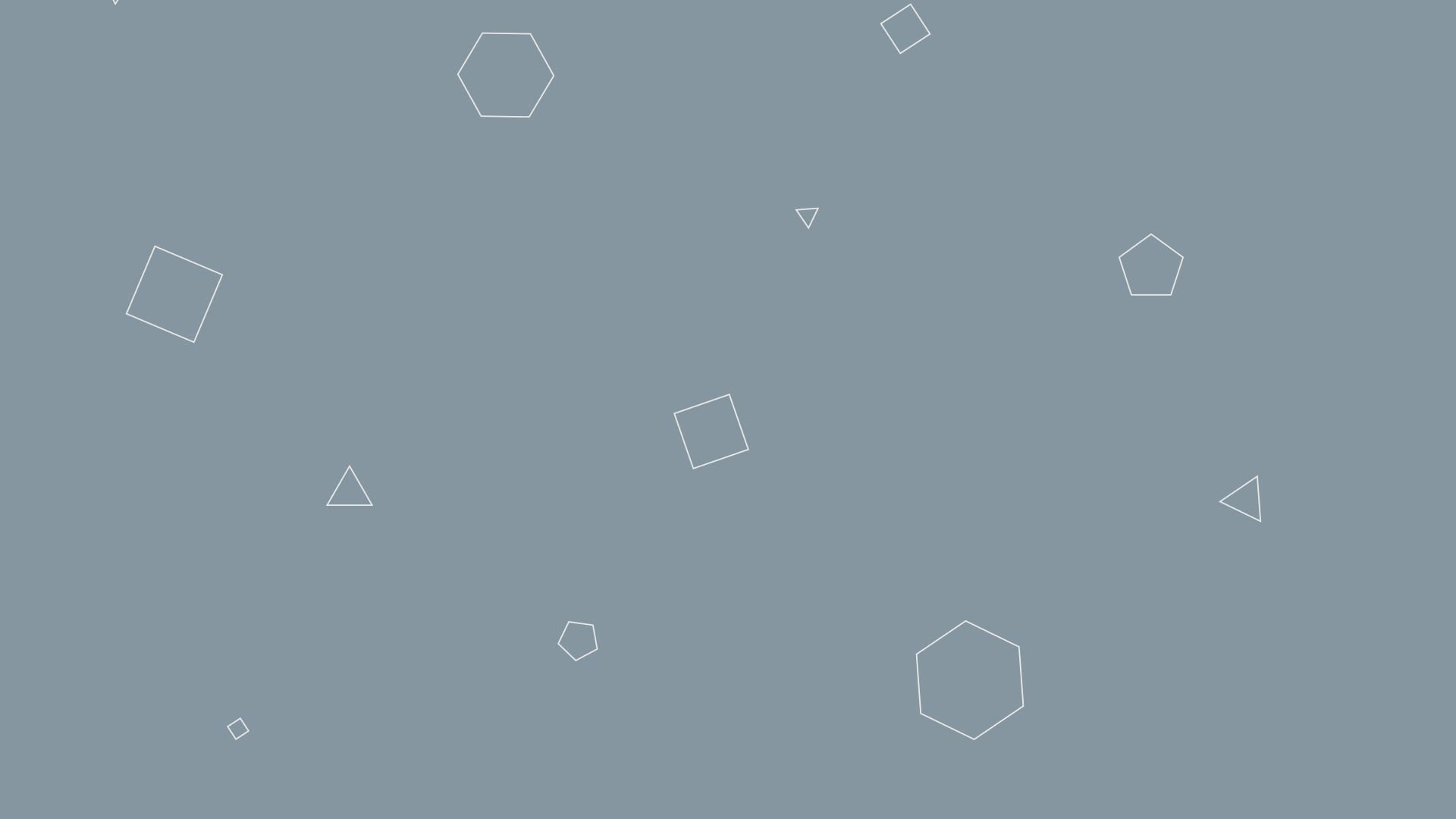
Design and Technology
Our Intent
At St Luke’s we provide all our pupils with an inspiring, ambitious, and practical Design and Technology curriculum. We equip our pupils with an understanding of how products are designed and made. Allowing children to explore this process ensures they take risks, make mistakes, and learn from them. This enables our pupils to develop their resilience and understand that learning is part of a process. Through the evaluation of each product children consider their work critically, and they are encouraged to build on the skills taught the next time they encounter them. We celebrate differences throughout Design and Technology, acknowledging the need to design for different users and consider the needs of a variety of target markets. We teach our pupils to realise there are many ways of creating a successful product, enabling children to think creatively to solve problems and consider the needs, wants and values of others as well as themselves. By introducing children to a diverse range of designers, pupils will realise not only the impact that Design and Technology has had on the world that we live in, but also raise their own aspirations that by understanding how the world works today, there is a future that they can be a part of shaping.
Our curriculum ensures the aims of the National Curriculum are strongly embedded. We:
-
Develop the creative, technical, and practical expertise needed to perform everyday tasks confidently and to participate successfully in an increasingly technological world.
-
Build and apply a repertoire of knowledge, understanding and skills to design and make high-quality prototypes and products for a wide range of users.
-
Critique, evaluate and test their ideas and products and the work of others.
-
Understand and apply the principles of nutrition and learn how to cook.
Implementation
Three Design and Technology (DT) units are taught each year, as the subject alternates with art. Children’s interests are captured through the thematic nature of our curriculum, ensuring where possible the DT product is linked to the rest of the learning. For instance, when Year 5 are learning about Extreme Weather in Japan they are given the brief to design a kite that would withstand very windy weather. In Year 1 when pupils learn about Toys in Humanities, the children will learn how to make their own moving toy. We ensure each unit follows the National Curriculum’s process of designing, making, and evaluating, as well as explicitly teaching technical knowledge. We ensure all the technical knowledge is taught and built upon as children move up through the school. For instance, children learn how to use a basic stitch to make a puppet in Year 2 and in Year 6 develop a variety of textiles skills to produce a phone case. This allows pupils the opportunity to develop their skills, consolidate and build on the process of DT and gives them the space to innovate and be ambitious.
Teachers are provided with a unit overview for each product which is then used to prepare weekly lessons. These help to develop teacher confidence in delivering the technical knowledge and key skills necessary, as well as ensuring a variety of designers are learnt about and the focus is on the process of DT, rather than just the making of the product.
These key skills are mapped onto the unit overviews and cover pages to ensure progressive coverage of all areas of the DT curriculum.
Food Technology is implemented and built on throughout the curriculum ensuring children develop an understanding of where food comes from, how to apply and understand the principles of a healthy and varied diet and as they move into KS2 how to cook a variety of savoury dishes and to understand seasonality. Learning how to cook is a crucial life skill, and we ensure our pupils celebrate different types of food, acknowledging their cultural significance. Pupils have high expectations for themselves about the importance of a healthy diet and their ability to enjoy cooking and creating quality meals.
Impact
Assessment of children's learning in Design and Technology is through ongoing monitoring of children's understanding, knowledge, and skills by the class teacher to ascertain whether pupils have met the expected learning outcomes. The evaluation process allows teachers and pupils to reflect on progress made, and formative assessment in lessons is used to inform any differentiation, support and challenge required by the children. We have high expectations for all of our pupils and differentiate lessons appropriately so all children can access the design, make, evaluate process and develop appropriate technical knowledge.
Design and Technology is also monitored by the subject leader throughout the year in the form of book looks, discussions with class teachers to look at project outcomes and pupil interviews to establish the impact of the teaching taking place.
By the time pupils leave St Luke’s they will understand what Design and Technology is and how it has shaped the world we live in. Pupils will have also learnt about individuals and teams who have worked together to create an essential contribution to the creativity, culture, wealth, and well-being of the nation, and understand this is a career they could embark upon. Pupils will understand how to evaluate existing products as well as their own, solve problems, consider the needs of different users and work as part of a team, equipping them for life beyond St Luke’s.
Art and Design & Technology overview:

